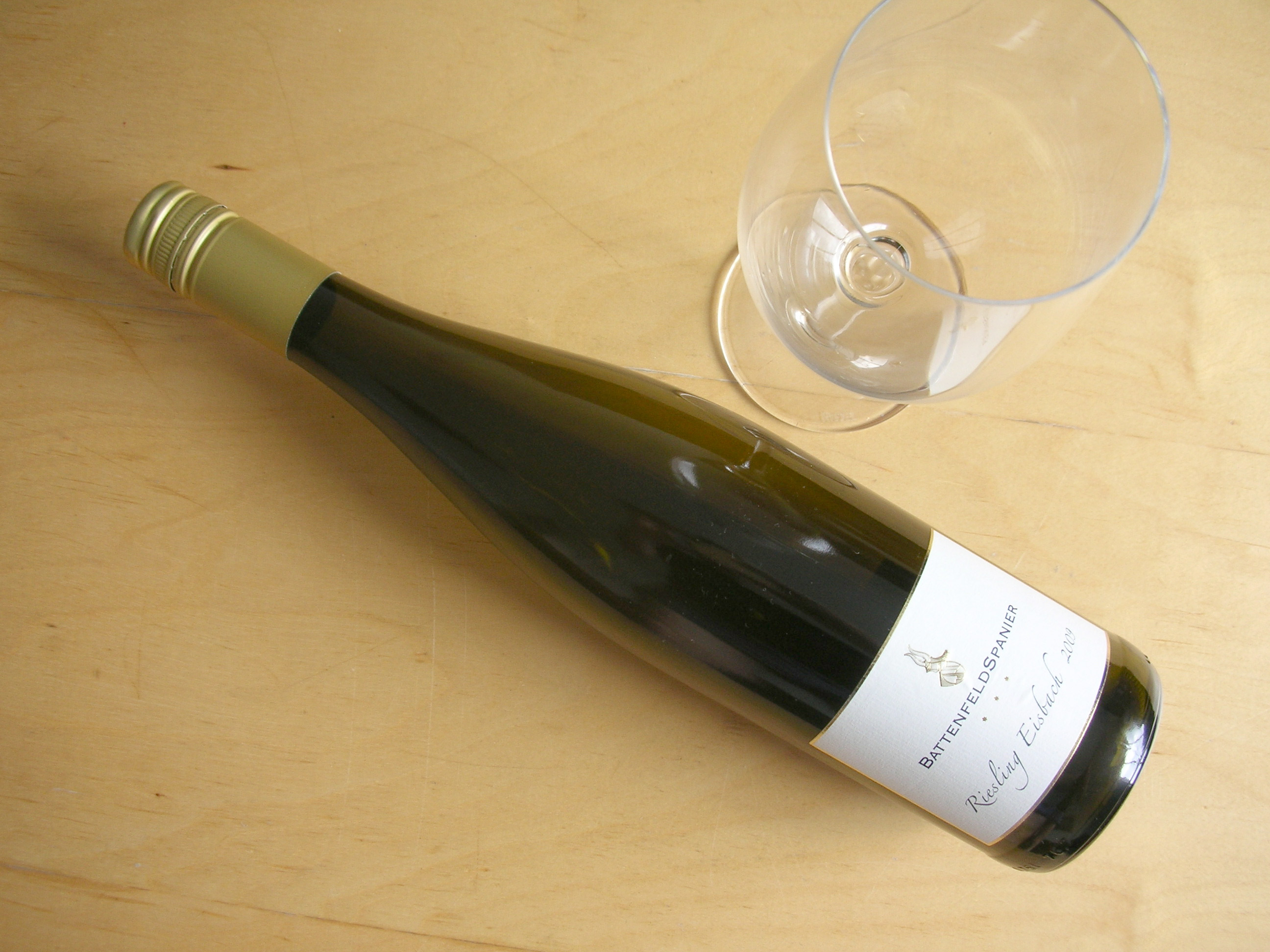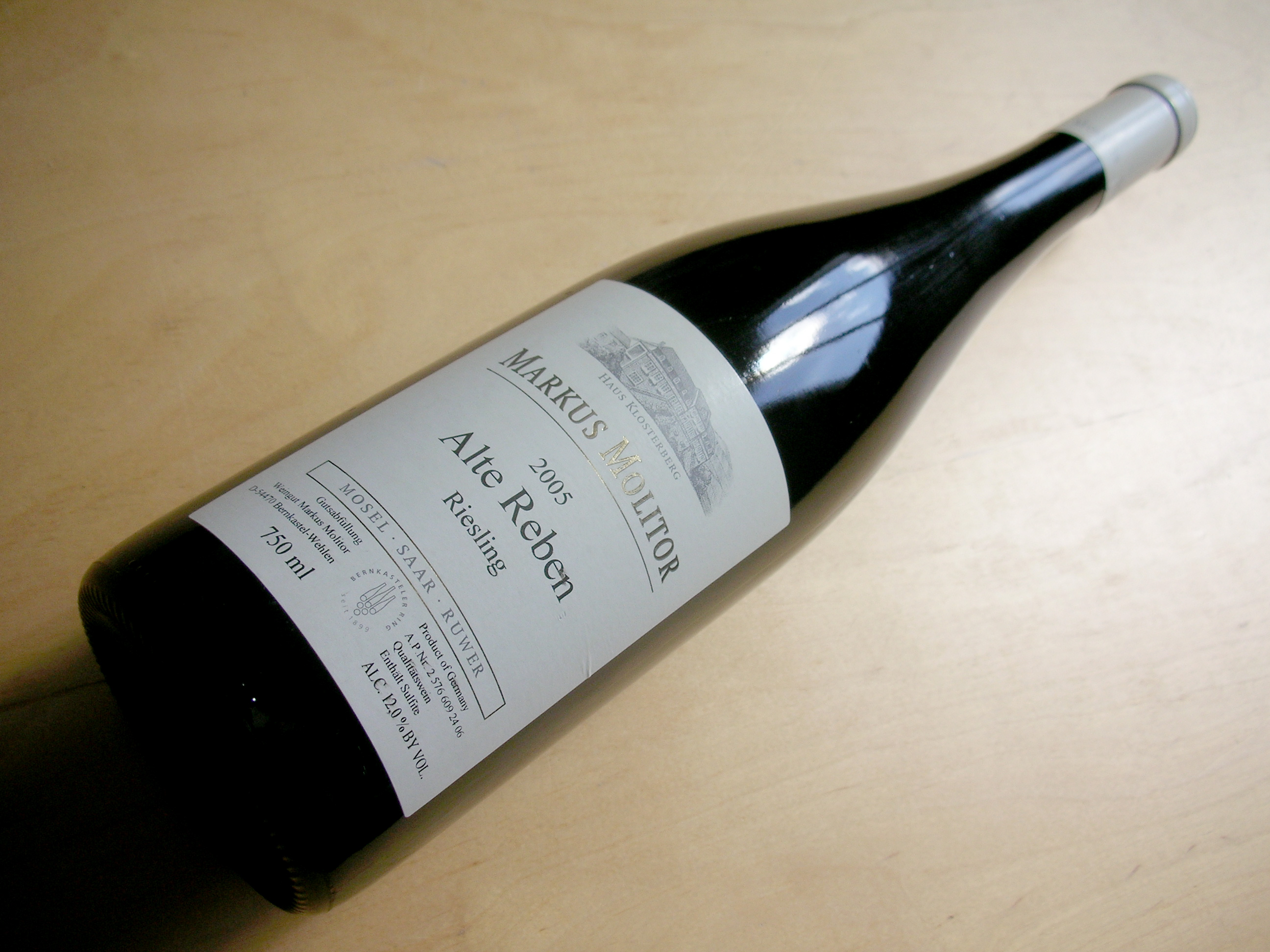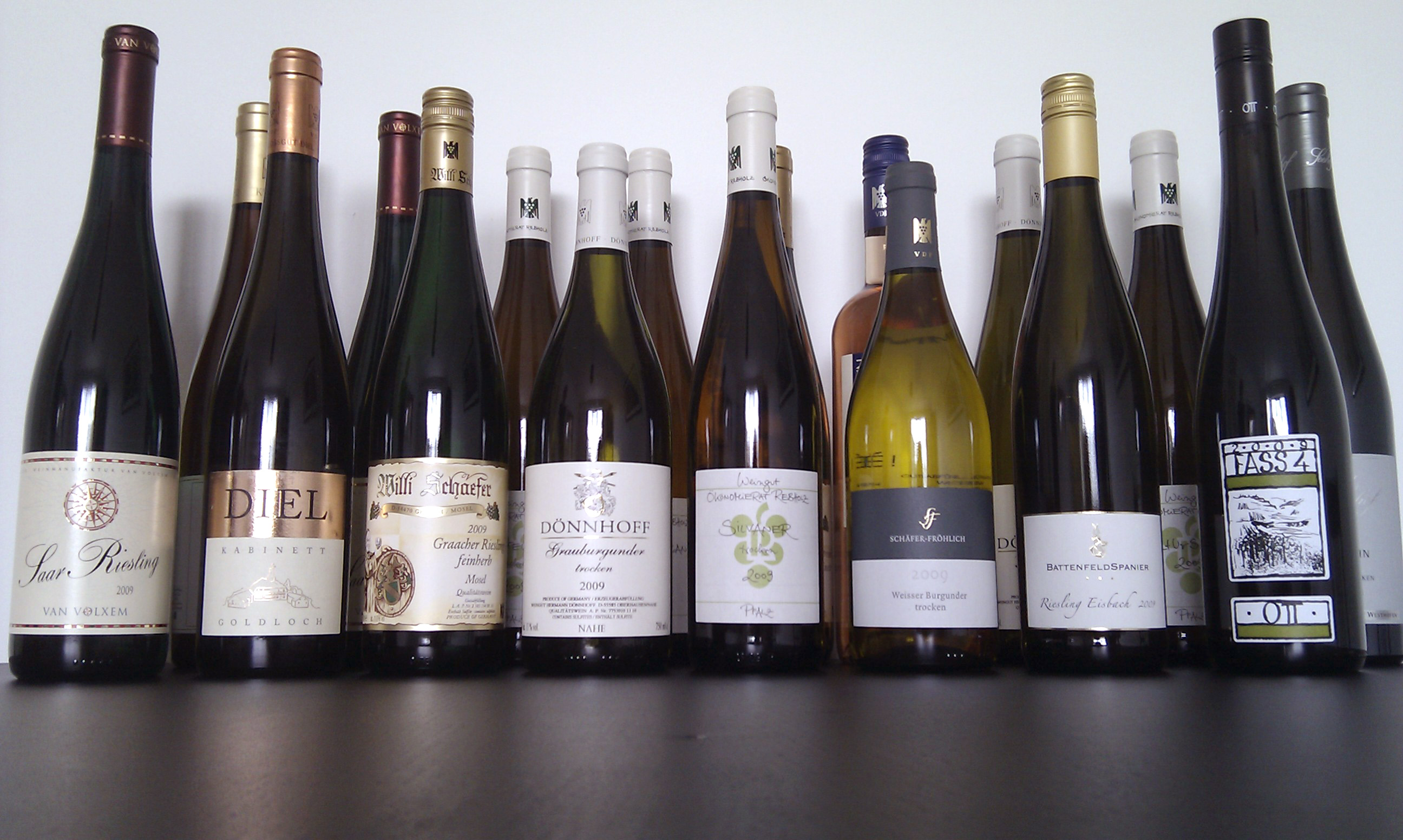Weinhof Herrenberg, Schodener Herrenberg, Riesling "Cruv", 2008
Weinhof Herrenberg is Claudia and Manfred Loch's place, a tiny winery with just two hectares in Schoden on the River Saar that they have built up more or less from scratch, plot by plot, and with somewhat precarious resources. This is a very different history from the Van Volxem enterprise, which came with heavy investment, grander plans and more ambitious marketing from day one. Still, both outfits share some similarities. Both were willing to look beyond the winemaking traditions of the last few decades. Both managed to create a new kind of Saar Riesling that was actually a recreation of the pre-1950s style: Ripe wines with more powerful fruit and less prominent acidity than has been, and still is, "traditional" on the Saar. With their enthusiasm and nonconformism they have, between them, managed to break open the wine scene on this Mosel tributary, which had been dominated by an establishment of aristoricatic estates with a somewhat patrician attitude. High time we had a closer look at what Herrenberg has to offer, then, and we'll start with one of their mid-range dryish Riesling (they only make Riesling):










